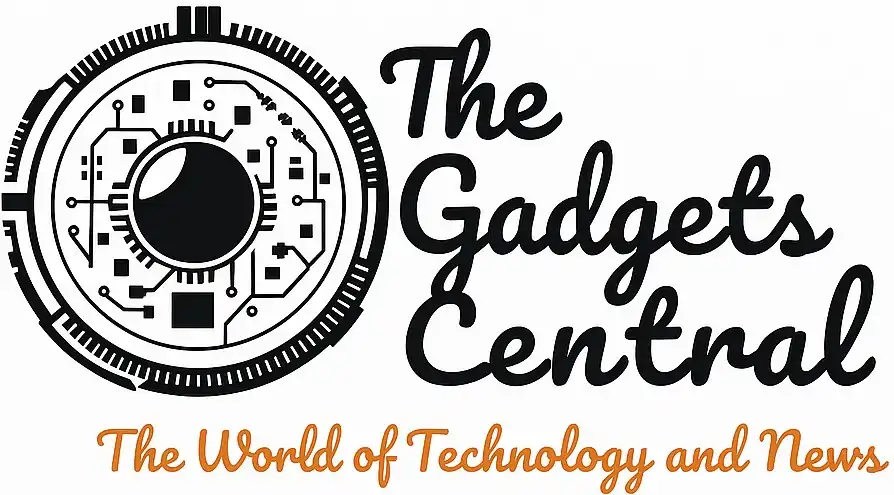# A Deadly American Marriage: Exploring the Dark Side of Love in the U.S.
## Introduction
In recent discussions about relationships, the phrase “a deadly American marriage” is gaining attention due to its profound implications on societal norms and the alarming rise of domestic violence cases across the United States. Marriage, often portrayed as a sacred bond, can sometimes take a dark turn, leading to tragedies that leave deep scars on families and communities. This article delves into the troubling statistics, cultural factors, and the societal significance of this phenomenon, providing insights into how love can sometimes spiral into violence.
## Key Details
### The Rise of Domestic Violence Incidents
According to recent statistics from the National Coalition Against Domestic Violence, nearly 1 in 4 women and 1 in 9 men experience severe intimate partner physical violence. The issue is not just confined to physical abuse; psychological manipulation and emotional abuse are equally devastating.
– **Statistics**:
– Each year, approximately 20 people per minute are physically abused by an intimate partner in the U.S.
– Domestic violence accounts for 15% of all violent crimes.
**Media Coverage and Awareness**: The coverage of high-profile domestic violence cases has brought this issue to the forefront of national conversations. Cases like that of Gabby Petito have shone a spotlight on the often-hidden nature of these relationships. Tragically, her story ended in violence and loss, igniting a movement to raise awareness about how serious and fatal abuse can be.
### Warning Signs and Societal Factors
Understanding the warning signs of a potentially deadly marriage is crucial. Behavioral red flags can include extreme jealousy, controlling behaviors, and isolation from friends and family. Cultural narratives around masculinity and entitlement can exacerbate these issues, making it essential to rethink how love and marriage are portrayed.
**Expert Insights**: Experts suggest that societal norms often downplay the severity of emotional abuse, making it harder for victims to seek help. Recognizing these warning signs early can prevent tragic outcomes.
## Significance
The implications of “a deadly American marriage” reach far beyond individual couples. This issue affects children, families, and entire communities. Social services are often overwhelmed, healthcare systems bear the burden of untreated trauma, and the cycle of violence can perpetuate across generations.
### Broader Cultural Impacts
1. **Impact on Children**: Witnessing domestic violence can have long-term psychological effects on children, leading to a higher likelihood of repeating the cycle in adulthood.
2. **Economic Burden**: The economic cost of domestic violence is staggering, estimated at $8.3 billion annually in healthcare, legal services, and lost productivity.
3. **Community Safety**: High rates of domestic violence can contribute to broader societal instability, leading to increased crime rates and deteriorating community trust.
## Unique Angle
One increasingly popular approach to combating the issue is the use of technology and social media in raising awareness. Campaigns like “#MeToo” and “#KnowYourRights” leverage online platforms to share personal stories, educate the public, and foster a supportive community.
### The Role of Education
Educational programs aimed at young people, focusing on healthy relationships, respect, and consent, are essential. Schools across the nation are starting to integrate discussions about emotional health and relationship dynamics into their curricula, aiming to empower the next generation to recognize and reject abusive behaviors.
## Conclusion
“A deadly American marriage” is more than just a headline; it is a critical issue that calls for immediate attention and action. The statistics reveal a heartbreaking reality that necessitates a cultural shift in how we view and discuss marriage and relationships.
**Main Takeaway**: As awareness grows, so does the collective responsibility to nurture healthy relationships and provide the necessary support systems for those affected by domestic violence. It is imperative for society to understand the warning signs, advocate for change, and contribute to a future where love is safe and nurturing—not deadly.
By continuously keeping this conversation alive and utilizing various platforms to spread awareness, we can work toward dismantling the structures that allow domestic violence to thrive, ultimately fostering a culture of respect, empathy, and healthy relationships.
